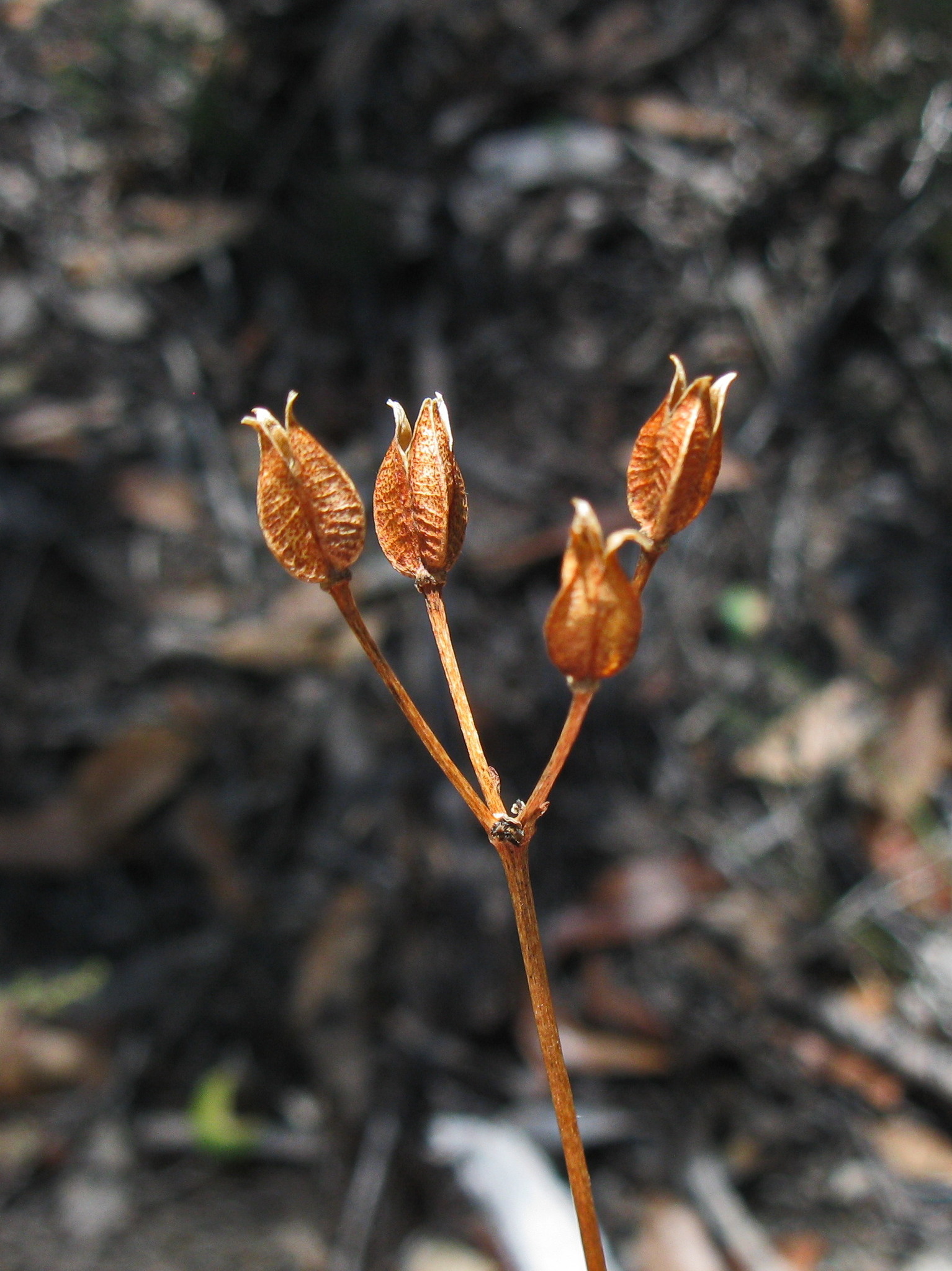
Perennial, mostly cormous or rhizomatous herbs, sometimes climbers, rarely shrubs or tuberous rooted. Leaves simple, entire, linear to ovate, basal. Flowers radially symmetrical, bisexual, 1-several in terminal, axillary or scapose racemes or panicles. Tepals 3+3, free or fused. Stamens 6, free. Ovary superior, 3-chambered with numerous ovules. Fruit a manyseeded, dry, dehiscent capsule. Seeds brown, often with a coloured appendage.
The family is usually grown for the flowers, both as pot and garden subjects and for the cut flower trade.The most closely related family is Liliaceae (in the narrow sense).
About 20 genera, mostly in Africa and Asia minor, extending to Australia, New Zealand and N America. 6 genera native to Australia, 3 endemic.
The rootstocks of some genera are highly poisonous and sometimes used medicinally (e.g. Colchicum), but those of the native Burchardia and Wurmbea are edible and were used by indigenous peoples for food.
Unspotted flowers with superior ovaries; tepals individually enclosing anthers in bud (in free-tepalled taxa); deeply divided styles; capsular fruits and arillate seeds.
Source: (2005). Colchicaceae. In: . Horticultural Flora of South-eastern Australia. Volume 5. Flowering plants. Monocotyledons. The identification of garden and cultivated plants. University of New South Wales Press.
